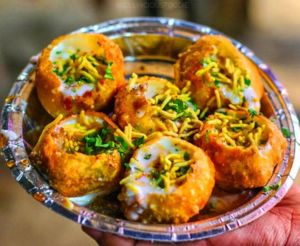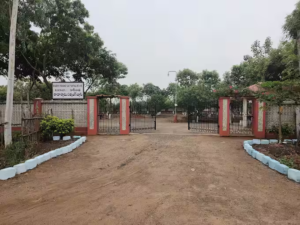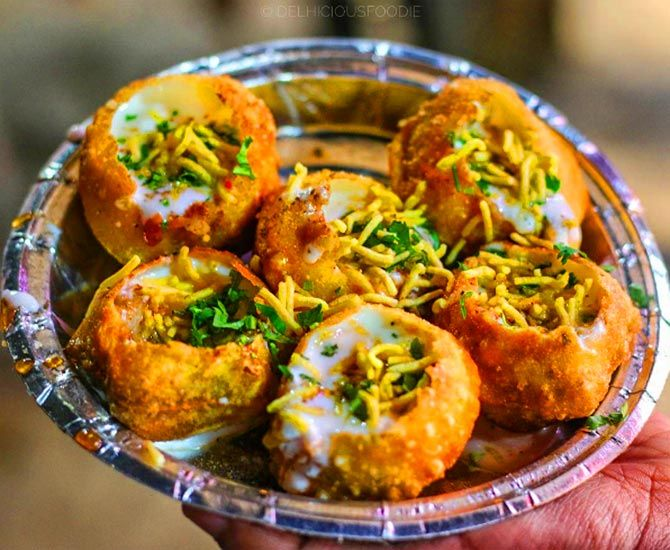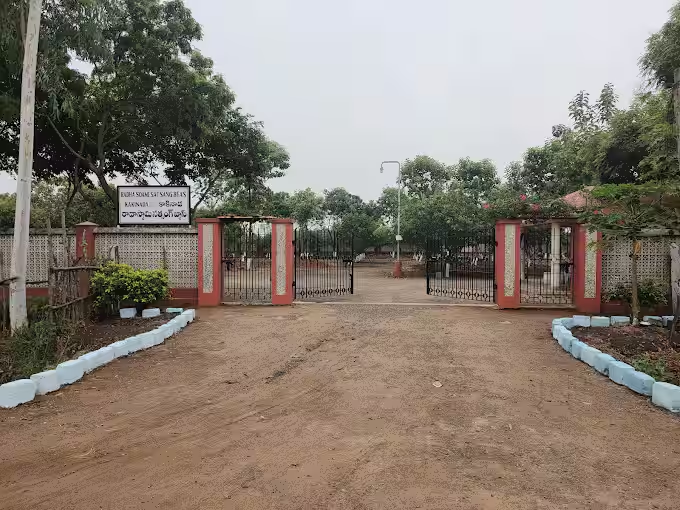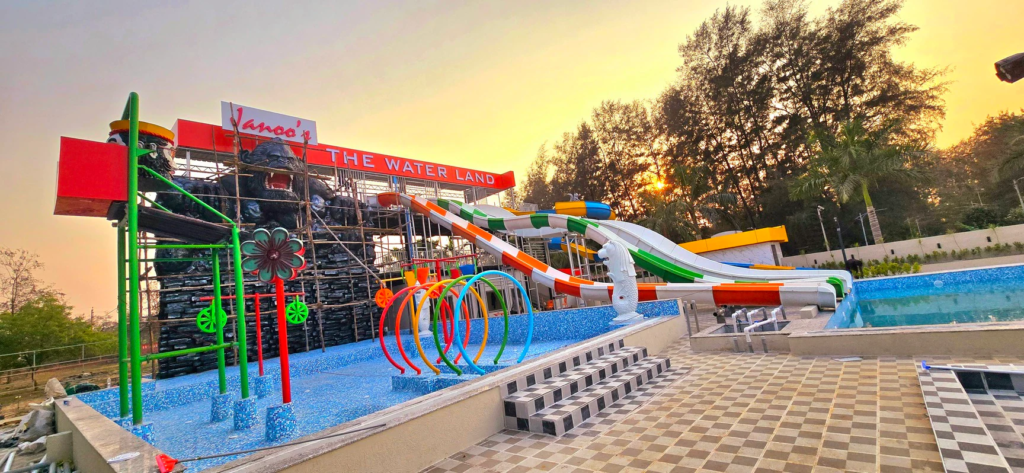Meta Description: Discover the rich tribal heritage, vibrant festivals, traditional arts, and unique cultural practices of Alluri Sitarama Raju district in Andhra Pradesh, a region deeply rooted in indigenous pride and natural beauty.
Table of Contents:
- Introduction
- Overview of Alluri Sitarama Raju District
- Tribal Communities and Their Way of Life
- Traditional Festivals and Celebrations
- Folk Arts, Music, and Dance
- Indigenous Cuisine and Local Crafts
- Spiritual Beliefs and Cultural Symbols
- Modern Preservation of Tribal Heritage
- Conclusion
Introduction
The Alluri Sitarama Raju district in Andhra Pradesh stands as a living chronicle of indigenous culture and valiant resistance. Named after the legendary freedom fighter Alluri Sitarama Raju, this district encompasses parts of the Eastern Ghats, richly populated by tribal communities whose lives are deeply intertwined with nature, tradition, and ancestral customs. This guide explores the vibrant cultural landscape of this lesser-known yet deeply significant region of India.
Overview of Alluri Sitarama Raju District
Carved out of the tribal heartland of Andhra Pradesh, the Alluri Sitarama Raju district was formed to better administer the agency areas where tribal communities reside. Dominated by dense forests, rolling hills, and remote hamlets, the district spans parts of the Eastern Ghats and includes Mandals from former districts like Visakhapatnam and East Godavari. The district is both a cultural reservoir and a natural sanctuary, making it unique among the administrative divisions of Andhra Pradesh.
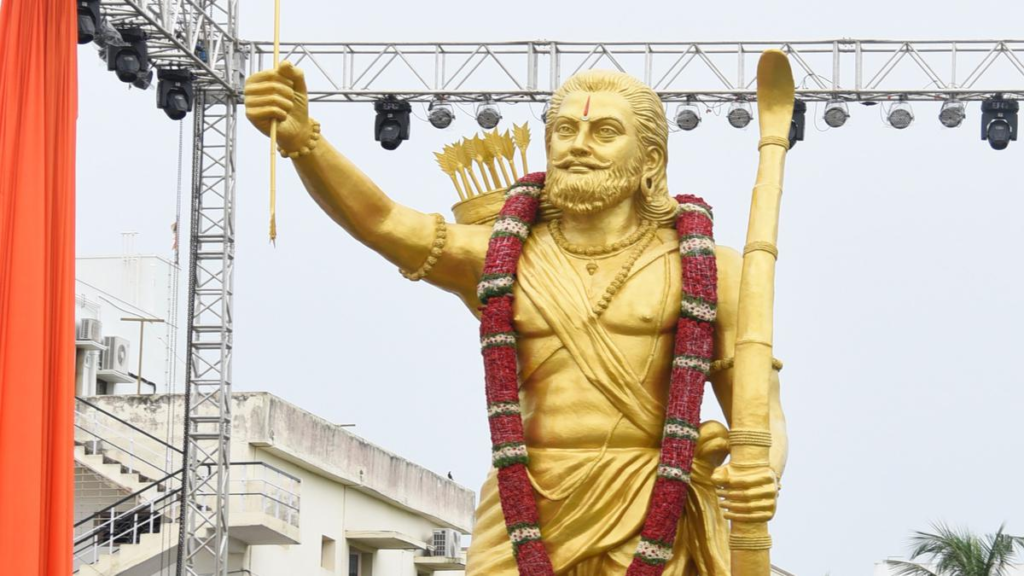
https://images.app.goo.gl/YV65T7voZctCPXb36
Tribal Communities and Their Way of Life
The district is home to several tribal communities, including the Koya, Kondadora, Gadaba, Savara, and Jatapu. These groups have retained much of their traditional lifestyle, subsisting on agriculture, forest produce, and artisanal crafts. Their settlements, known as ‘penthas,’ are often isolated and self-sustaining. Tribal social life is governed by customary laws, elders’ councils, and strong community bonds. Their attire, language, and customs reflect an intricate connection with their natural environment.
Traditional Festivals and Celebrations
Festivals in the Alluri Sitarama Raju district are vivid expressions of tribal identity and spirituality. Celebrations like ‘Sammakka Saralamma Jatara,’ although more prominent in Telangana, find resonance among Koya tribes here. Tribal festivals are usually tied to agricultural cycles, nature worship, and ancestral remembrance. ‘Itukala Panduga’ and ‘Gadapa Jatara’ are community gatherings filled with dance, rituals, and the offering of forest produce to deities.
Folk Arts, Music, and Dance
Music and dance are intrinsic to tribal life in the district. Instruments like the ‘dappu’ (drum) and ‘kiridi’ (wind instrument) accompany traditional dances performed during festivals and communal events. The ‘Dhimsu’ dance of the Koya tribe and ‘Valasa Nrityam’ of the Savaras are not only aesthetic performances but also storytelling mediums that narrate folklore, battles, and mythical tales. These art forms serve as both entertainment and oral history.

https://images.app.goo.gl/PoWkKtYc6ZuptYS29
Indigenous Cuisine and Local Crafts
Tribal cuisine in the district is rooted in simplicity and resourcefulness. Millets, bamboo shoots, wild greens, and forest tubers are staples. Bamboo chicken, cooked inside hollow bamboo stems, is a delicacy that showcases culinary innovation using local resources. The tribes are also known for their craftsmanship—especially in weaving bamboo baskets, wood carving, and beaded jewelry. These crafts are more than utilitarian; they are expressions of identity and heritage.
Spiritual Beliefs and Cultural Symbols
The tribes of Alluri Sitarama Raju district often practice animism, believing that spirits inhabit forests, rivers, rocks, and animals. Deities like Gangamma (river goddess) and Bhudevi (earth goddess) are venerated in sacred groves rather than temples. Symbolism plays an essential role, with motifs like the sun, snake, and tree frequently appearing in art and ritual. These beliefs reinforce environmental stewardship and a harmonious way of life.
Modern Preservation of Tribal Heritage
In recent years, efforts have been made by government bodies and NGOs to preserve the tribal heritage of the district. Ethnographic museums, cultural festivals, and skill development centers have been established to promote tribal crafts and knowledge systems. Schools with bilingual education and healthcare outreach in tribal dialects aim to integrate modern development without eroding traditional identities. The challenge remains to strike a balance between progress and cultural preservation.
Conclusion
The Alluri Sitarama Raju district is more than a geographical space; it is a living embodiment of ancestral wisdom, resistance, and cultural pride. The tribal communities here have weathered both historical injustices and modern pressures while holding fast to their customs, values, and way of life. Exploring the district’s culture offers a glimpse into a world where human lives remain harmoniously attuned to nature and tradition. As the region gains more attention, preserving its unique identity will be crucial to honoring the legacy of the hero it is named after and the people who keep his spirit alive through their enduring traditions.

